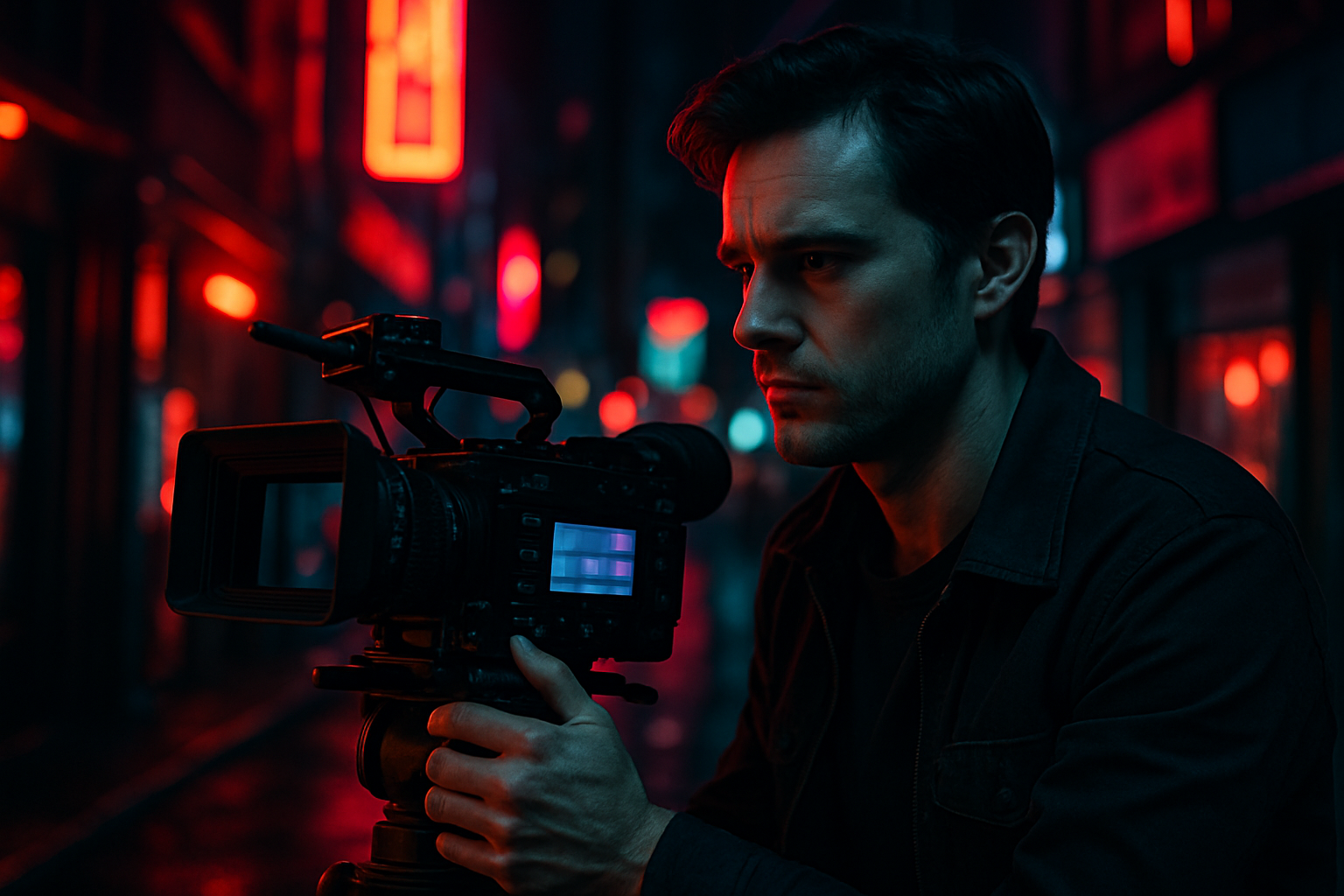Neon Noir: The Luminous Resurgence of a Film Genre
In the shadowy corners of modern cinema, a vibrant glow is emerging. Neon noir, a captivating fusion of classic film noir aesthetics and contemporary neon-drenched visuals, is illuminating screens and captivating audiences worldwide. This article delves into the resurgence of this visually striking genre, exploring its origins, evolution, and impact on today's filmmaking landscape.

Aesthetic Evolution
The visual palette of neon noir has evolved significantly since its inception. While early examples relied heavily on blue and pink hues, modern iterations explore a broader spectrum. Filmmakers now experiment with deep purples, acidic greens, and electric oranges, creating a sensory experience that’s both familiar and otherworldly. This evolution mirrors the genre’s thematic growth, reflecting a world increasingly saturated with artificial light and digital interfaces.
Thematic Resonance in the Digital Age
Neon noir’s themes resonate deeply with contemporary audiences. The genre often explores the alienation and isolation of urban life, the blurring lines between reality and artificiality, and the moral complexities of a world bathed in perpetual twilight. These narratives strike a chord in our increasingly digitized society, where the boundaries between the virtual and the real are constantly shifting.
Notable Contemporary Works
Recent years have seen a surge in neon noir productions. Films like Drive, Blade Runner 2049, and Only God Forgives have brought the genre to mainstream attention. Television series such as Mr. Robot and Altered Carbon have also embraced neon noir aesthetics, expanding the genre’s reach and influence. These works not only pay homage to their noir roots but also push the boundaries of visual storytelling.
Impact on Visual Culture
The influence of neon noir extends beyond cinema and television. Its distinctive visual style has permeated fashion, photography, and graphic design. Music videos and album artwork frequently draw inspiration from the genre, creating a cross-pollination of artistic mediums. This widespread impact has cemented neon noir’s place in contemporary visual culture, making it more than just a cinematic trend.
Technical Innovations
Advancements in digital cinematography have played a crucial role in neon noir’s resurgence. Modern cameras can capture low-light scenes with unprecedented clarity, allowing filmmakers to experiment with subtle lighting techniques. Additionally, color grading technology has become more sophisticated, enabling the creation of complex, layered color palettes that were previously unachievable.
Critical Reception and Analysis
Critics and film scholars have noted neon noir’s ability to reinvigorate classic noir themes for a new generation. The genre’s visual splendor often serves as a counterpoint to its dark narratives, creating a tension that critics find compelling. However, some argue that style sometimes overshadows substance in neon noir works, leading to debates about the balance between visual spectacle and narrative depth.
Future Trajectories
As technology continues to evolve, so too will neon noir. Virtual reality and augmented reality technologies present new frontiers for the genre, potentially allowing for even more immersive neon-soaked experiences. Additionally, the increasing global influence of cyberpunk aesthetics suggests that neon noir will continue to find new audiences and interpretations around the world.
Conclusion
Neon noir stands as a testament to cinema’s ability to reinvent and reimagine itself. By fusing classic noir elements with modern visual techniques, the genre offers a unique lens through which to view our contemporary world. As it continues to evolve, neon noir promises to remain a vibrant and influential force in the landscape of visual storytelling, illuminating the shadows of our collective imagination with its distinctive glow.





